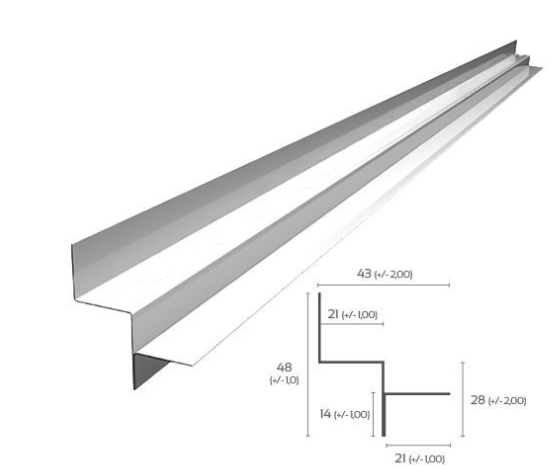
Understanding the Automatic Cut to Length Line A Revolution in Manufacturing
In the rapidly evolving world of manufacturing, efficiency and precision are paramount. One of the innovations that have significantly enhanced production processes is the automatic cut to length line. This technology has redefined how manufacturers handle materials, streamlining operations and optimizing output. In this article, we will delve into the functionality, benefits, and applications of automatic cut to length lines.
What is an Automatic Cut to Length Line?
At its core, an automatic cut to length line is a system designed to cut materials—typically metal sheets, foils, or other continuous materials—into predetermined lengths with minimal human intervention. The line generally consists of several key components a feed system that supplies the material, cutting tools that precisely slice the material, and a stacking or recoiling mechanism that organizes the finished products.
The process begins with the continuous feeding of raw material into the machine, which is equipped with sensors and advanced control systems that monitor the length in real-time. Once the desired length is reached, the cutting mechanism activates, ensuring a clean and accurate cut. This level of automation not only improves precision but also substantially reduces the time required for manual cutting and measuring, minimizing the margin for error and waste.
Benefits of Automatic Cut to Length Lines
1. Increased Efficiency One of the most significant advantages of these systems is their ability to increase production rates. Automatic cut to length lines operate faster than manual cutting processes, enabling manufacturers to produce a larger volume of products in the same timeframe.
2. Cost Reduction By automating the cutting process, companies can reduce labor costs and minimize material waste. The precision of automated cutting means that fewer materials are scrapped due to errors or inefficiencies, leading to significant cost savings over time.

3. Improved Quality Consistency is crucial in manufacturing. Automatic cut to length lines ensure uniformity in cut lengths, which enhances the quality of the final products. This standardization is essential for industries where precision is crucial, such as aerospace or automotive manufacturing.
4. Flexibility and Customization Modern automatic cutting lines often integrate software systems that allow for quick adjustments to cutting lengths and production parameters. This flexibility enables manufacturers to respond to changing market demands and customize products without significant downtime or reconfiguration of equipment.
5. Safety Enhancements Automation reduces the need for manual interaction with potentially dangerous cutting equipment. By minimizing human involvement, automatic cut to length lines contribute to a safer workplace environment.
Applications Across Industries
Automatic cut to length lines are utilized in various sectors, including metal processing, wood fabrication, plastics manufacturing, and textiles. In the metal industry, for instance, these lines are essential for preparing sheets for further processing, such as stamping or welding. In the woodworking industry, such systems can quickly create uniform lumber pieces, enhancing the efficiency of production lines.
Moreover, as industries continue to evolve and prioritize sustainability, the role of automated technologies becomes increasingly vital. By reducing waste and boosting efficiency, automatic cut to length lines are pivotal in driving productive and environmentally friendly manufacturing practices.
Conclusion
The automatic cut to length line represents a significant advancement in manufacturing technology, offering numerous benefits, including efficiency, cost savings, and improved quality. As industries strive for greater productivity and sustainability, embracing these innovations becomes essential for staying competitive. The future of manufacturing is clearly leaning towards automation, and the cut to length line is at the forefront of this transformation, shaping how products are made and fostering innovation across various sectors.